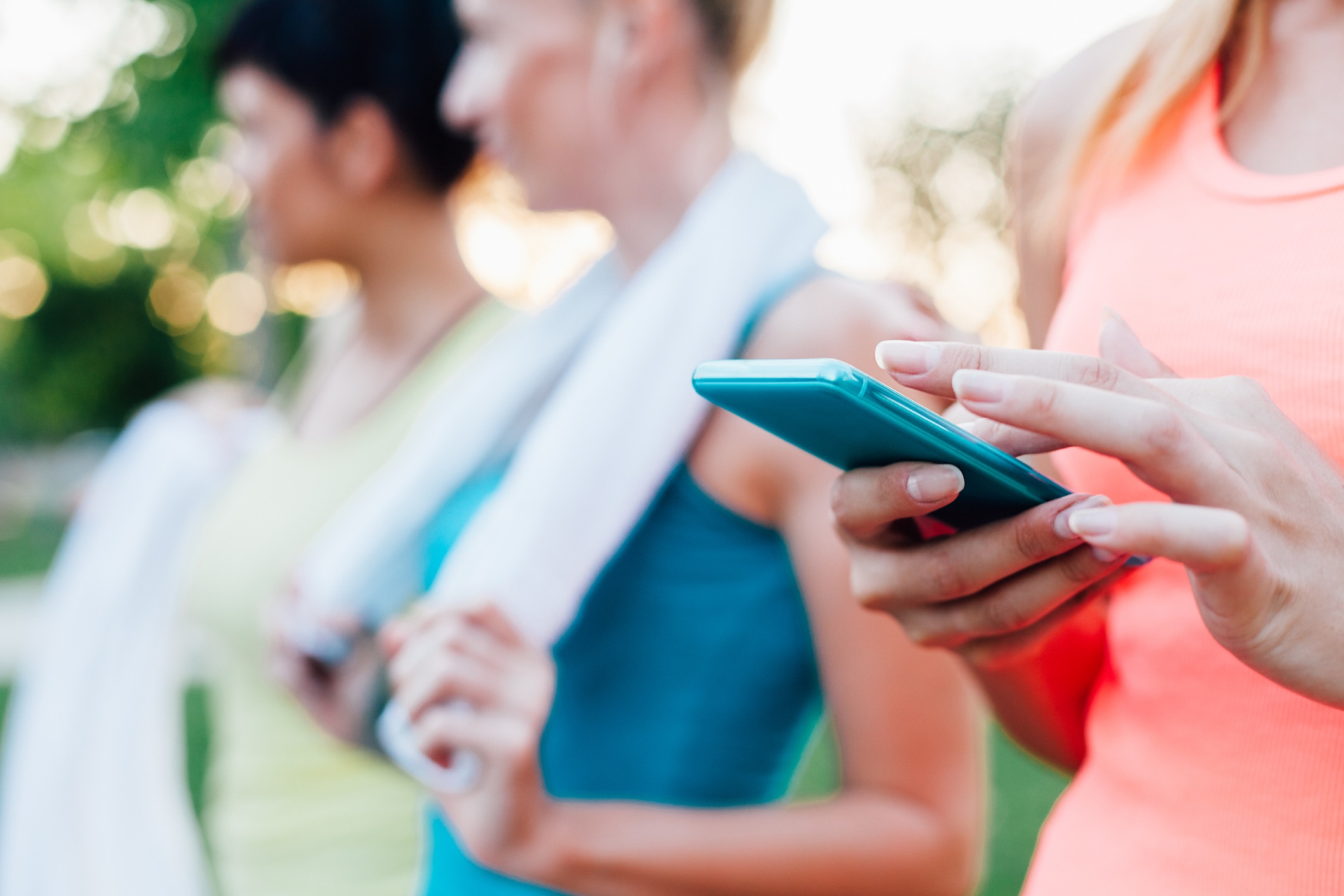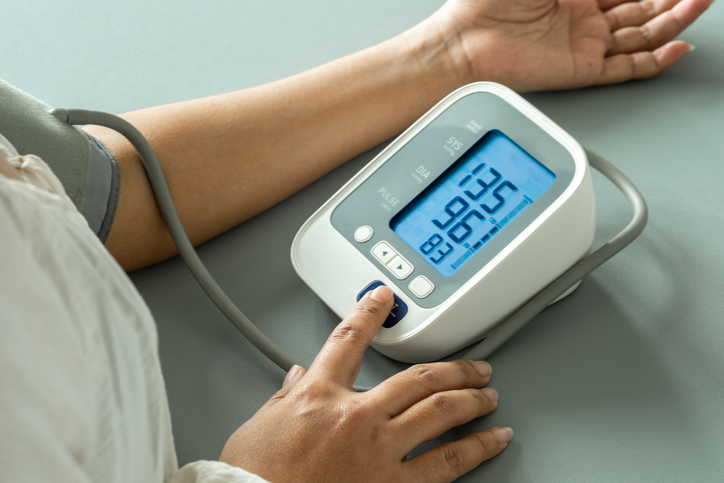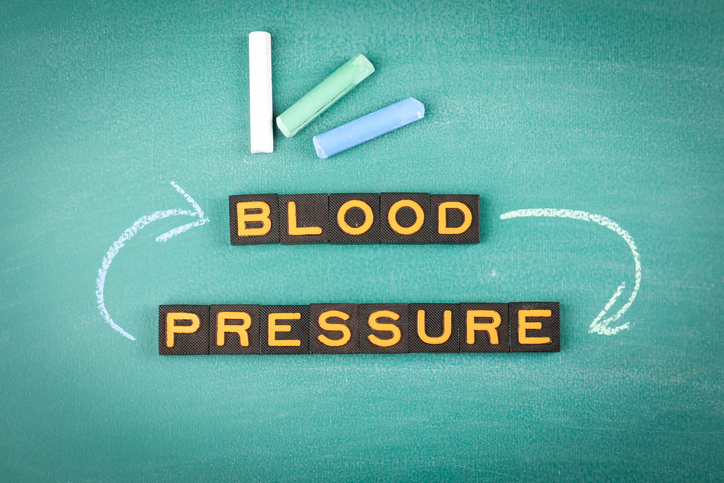
A research team has recently developed a smartphone app that can measure blood pressure and potentially heart rate, breathing rate, and other metrics through a selfie video. This mobile health solution detects changes in blood flow through transdermal optical imaging software to quickly provide the user with this valuable physiological data. A study evaluating this technique was recently led by Kang Lee, Ph.D., professor and research chair in developmental neuroscience at the University of Toronto in Canada, and published in Circulation: Cardiovascular Imaging.
By detecting ambient light that penetrates the outer layer of the skin, optical sensors within the smartphone can extract data regarding blood flow patterns. This hemodynamic information is then processed by an artificial intelligence (AI) algorithm to calculate physiological data such as blood pressure.
Being that roughly half of the American adult population is unaware of their hypertension, there is an imminent need for accessible blood pressure monitoring tools. Though blood pressure cuffs are available for consumers to use in the comfort of their own homes, this is a device that many do not possess. By creating a blood pressure monitoring app that one can use on their phone, Lee and colleagues have created a convenient tool that can be used by a wide audience.
“High blood pressure is a major contributor to cardiovascular disease — a leading cause of death and disability,” explained Lee, who is the lead author of the study. “To manage and prevent it, regular monitoring of one’s blood pressure is essential. Cuff-based blood pressure measuring devices, while highly accurate, are inconvenient and uncomfortable. Users tend not to follow American Heart Association guidelines and device manufacturers’ suggestion to take multiple measurements each time.”
Testing the Mobile Health Solution
Using 1,328 Chinese and Canadian adults with healthy blood pressure, the researchers conducted a clinical trial to evaluate their app’s ability to determine blood pressure. An advanced machine learning algorithm was created to predict their systolic, diastolic, and pulse pressure based on their facial blood flow captured through smartphone video. These videos were taken in two-minute durations using an iPhone equipped with the transdermal optical imaging software. 70% of this video data was used to create the AI software, another 15% was used to test it, and model performance was validated with the remaining 15%.
Lee and his team then compared the pulse measurements obtained from these smartphone videos to that of a traditional blood pressure cuff device. They found that their computational model predicted systolic blood pressure, diastolic blood pressure, and pulse pressure with roughly 95% accuracy each. Lee claimed that this high accuracy falls within the international standards for blood pressure measurement.

Going Forward with the App
The researchers note that these videos were taken in a controlled and well-lit environment, therefore they are uncertain about how the app will perform in less controlled environments. The study’s sample also lacked individuals with extremely dark or light skin tones, which could potentially limit the technology’s applications. The team also plans to reduce the required video length from 2 minutes to 30 seconds to make this solution more convenient to the user.
Lee also points out that the study only included patients with healthy blood pressures. “If future studies confirm our results and show this method can be used to measure blood pressures that are clinically high or low, we will have the option of a contactless and non-invasive method to monitor blood pressures conveniently – perhaps anytime and anywhere – for health management purposes,” he said.
“This study shows that facial video can contain some information about systolic blood pressure,” said Ramakrishna Mukkamala, Ph.D., Circulation Imaging editorial author and professor in the Department of Electrical and Computer Engineering at Michigan State University in East Lansing. “If future studies could confirm this exciting result in hypertensive patients and with video camera measurements made during daily life, then obtaining blood pressure information with a click of a camera may become reality.”
All media provided by the American Heart Association







 © 2025 Mashup Media, LLC, a Formedics Property. All Rights Reserved.
© 2025 Mashup Media, LLC, a Formedics Property. All Rights Reserved.